Interactive map
Take a virtual tour of our gardens, stopping along the way to take in some of the sights.
Let us show you around
There is always something new to see at Exbury. Here are some of the features for you to enjoy as you explore our 200 beautiful acres.
There’s so much to see at Exbury Gardens & Steam Railway we recommend that you turn your phone sideways to explore the map.
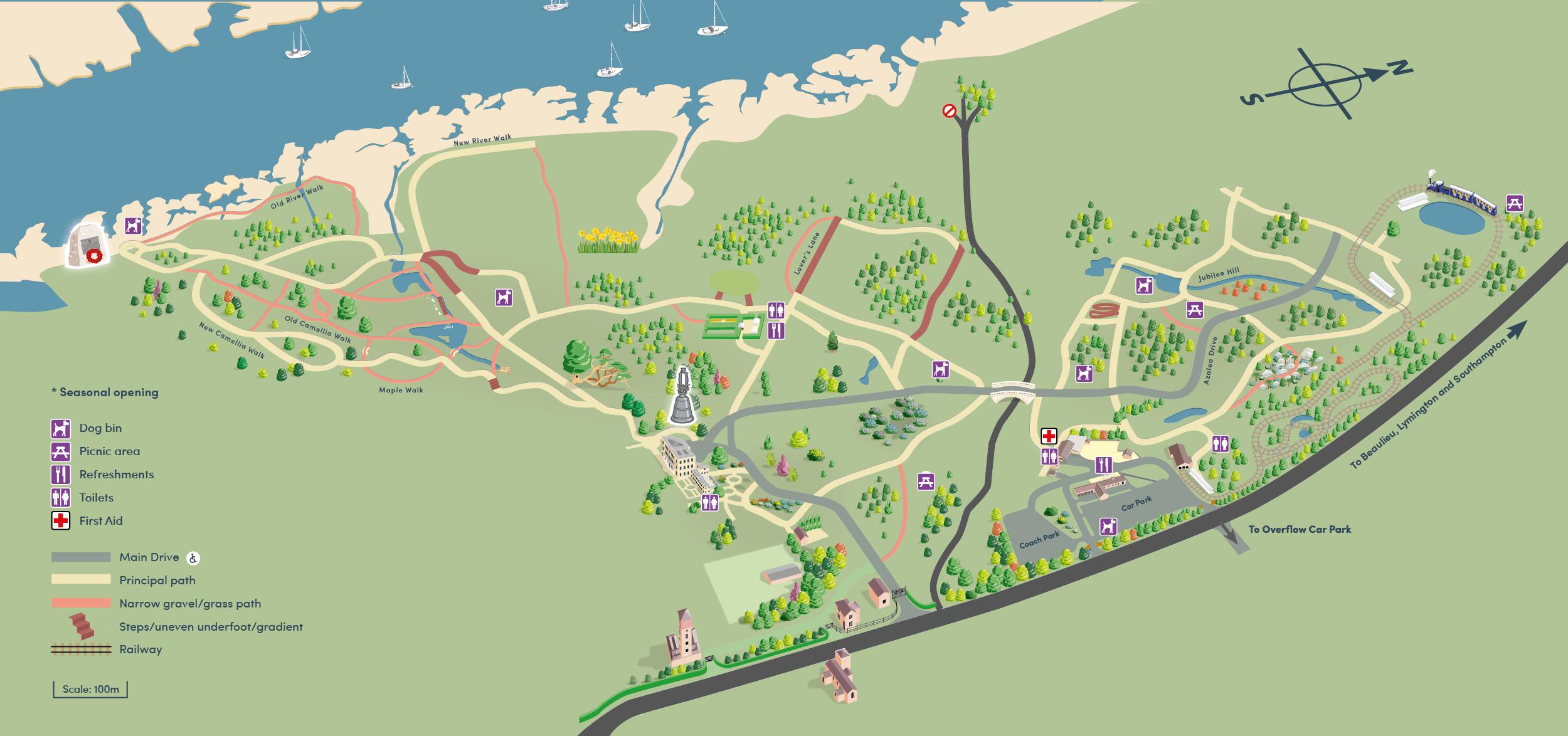
View Point & Arromanches Plaque
Bambooserie
Winter Garden
Stone Bridge
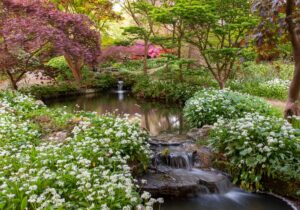
Cascades

Azalea Bowl
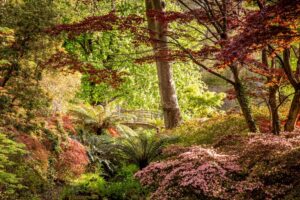
Japanese Bridge
The Sisters’ Bridge
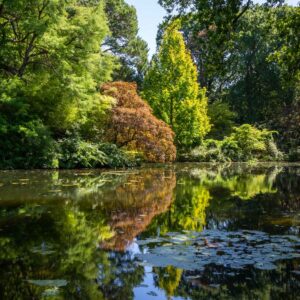
Top Pond
Mrs Lionel’s Seat
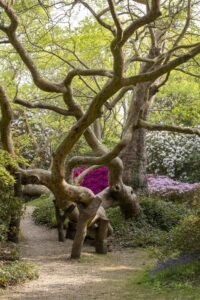
Wiggly Tree
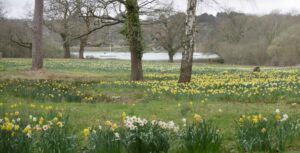
Daffodil Meadow
18th Century Cedars
Exbury House (private)
Exbury Estate Office (private)
Home Wood
Witcher’s Wood
Nursery Glade

Sundial Garden
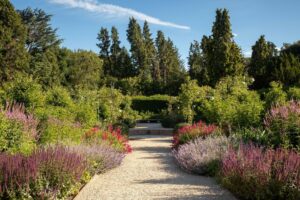
Centenary Garden

The Old Tennis Courts Outdoor Café
The Glades
The Old Bell
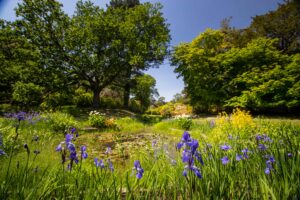
Iris Garden
The Park
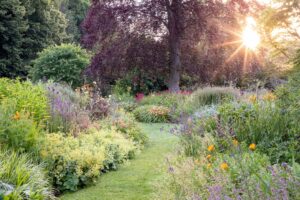
Herbaceous Garden
Rare Space Garden
Five Arrows Gallery
St Katharine’s Church
Heather Garden
Sakura Cherry Orchard
History Tree
The Connoisseur’s Garden
Gilbury Bridge
River of Gold
Log Trail
Play Area
Rhodo Pizza
Visitor Entrance & Gift Shop
Family Exhibition
Plant Centre
The Potting Shed Takeaway
Charlotte’s Little Ice Cream Kitchen
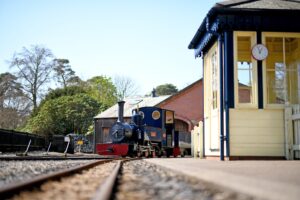
Exbury Central Station
Mr Eddy’s Restaurant
Exit
Entrance to Car & Coach Park
Bog Garden
Rock Garden
Boardwalk

Hydrangea Walk
Jubilee Pond
Nyssa Collection
Augustinii Corner
Yard Wood
Mirror Ponds
American Garden
Exbury North
Doomsday Yew
Summer Lane Garden (train only)
Dragonfly Halt
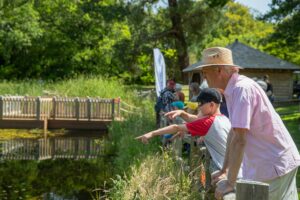
Dragonfly Pond
Book your visit
Tickets may be purchased on the day of your visit, but did you know that you qualify for a 10% discount if you book your visit online in advance? (Excludes Halloween Ghost train and Christmas at Exbury).
Explore Exbury —
Something for everyone

Gardens
There is always something new to see at Exbury. In spring, our world-famous collection of rhododendrons and azaleas sets us apart from other gardens.
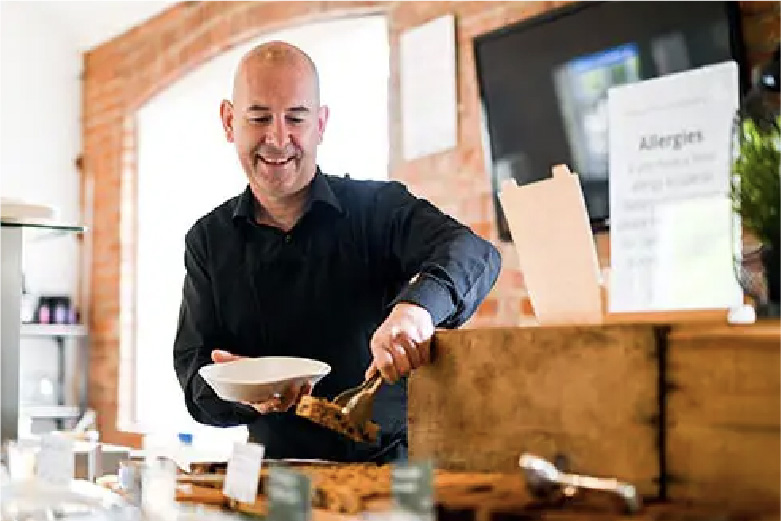
Café & restaurant
Mr Eddy’s Restaurant, the Old Tennis Courts outdoor café, the Potting Shed*, Rhodo Pizza* and Charlotte’s Little Ice Cream Kitchen* are managed by award-winning local caterers The Little Kitchen Company.

Events & activities
We will be hosting a varied programme of events throughout the season, including school holiday workshops, family games and trails, creative workshops for adults, and theatre and music events.